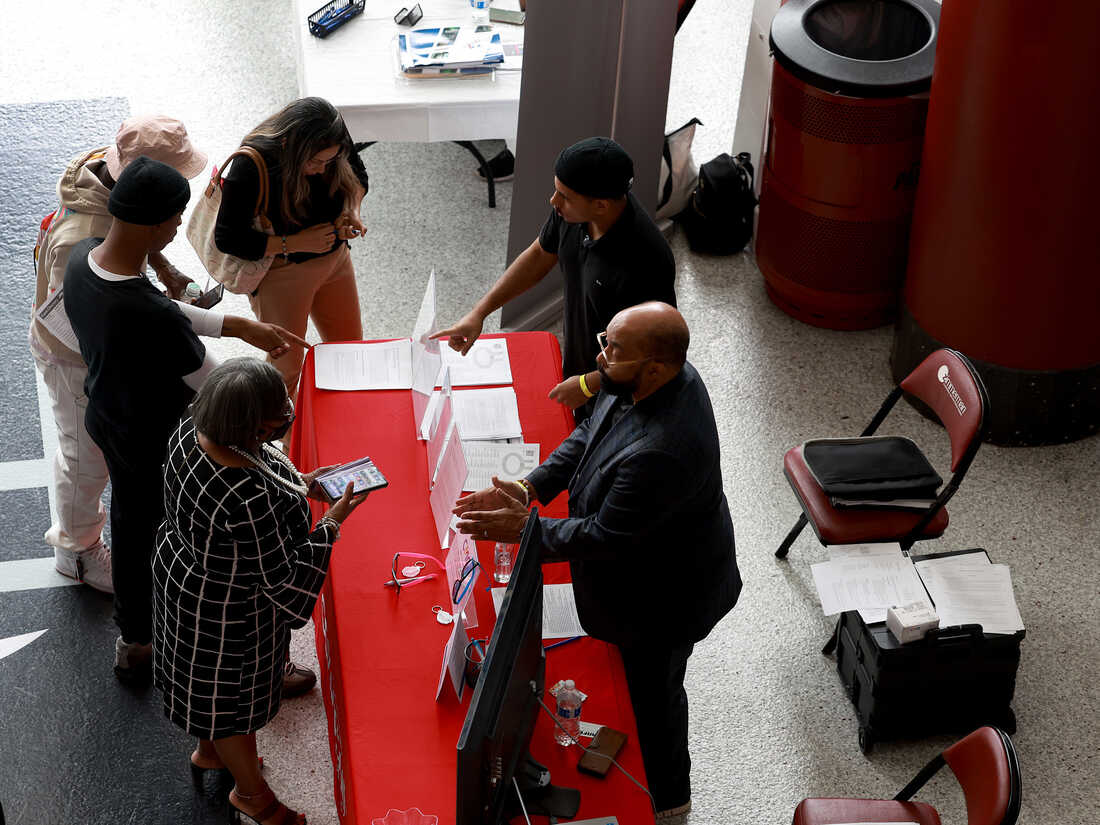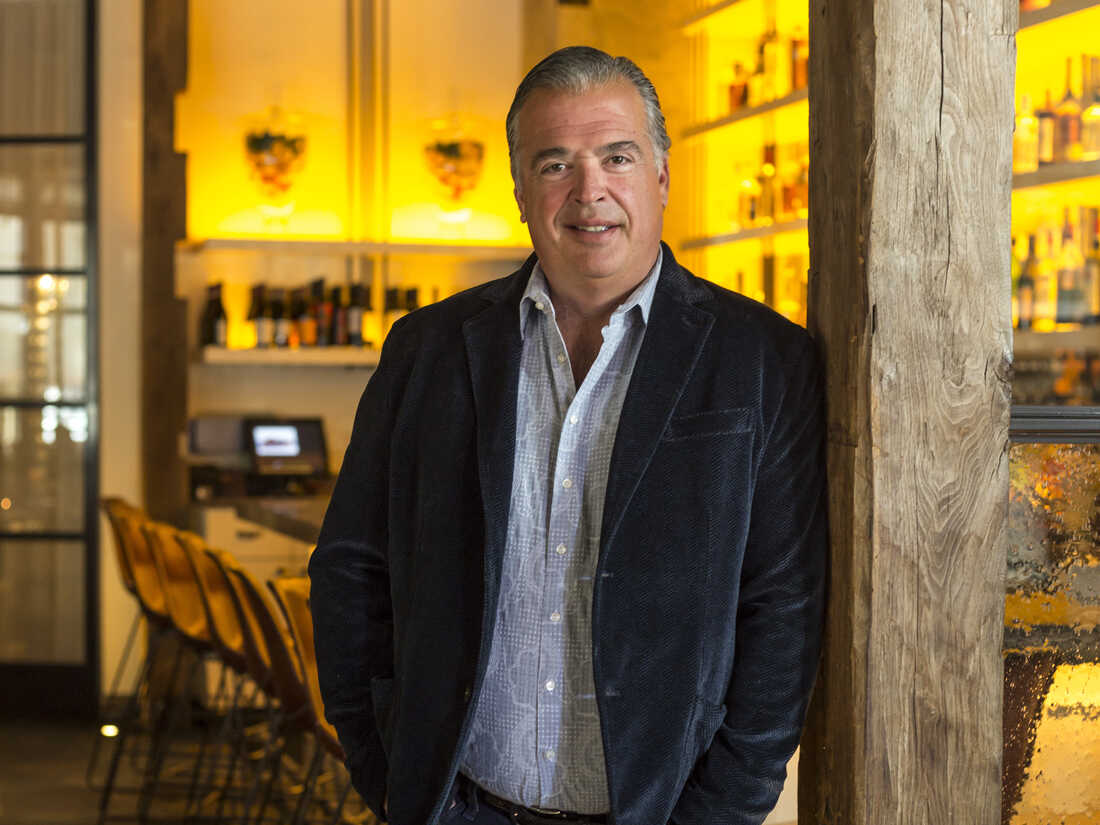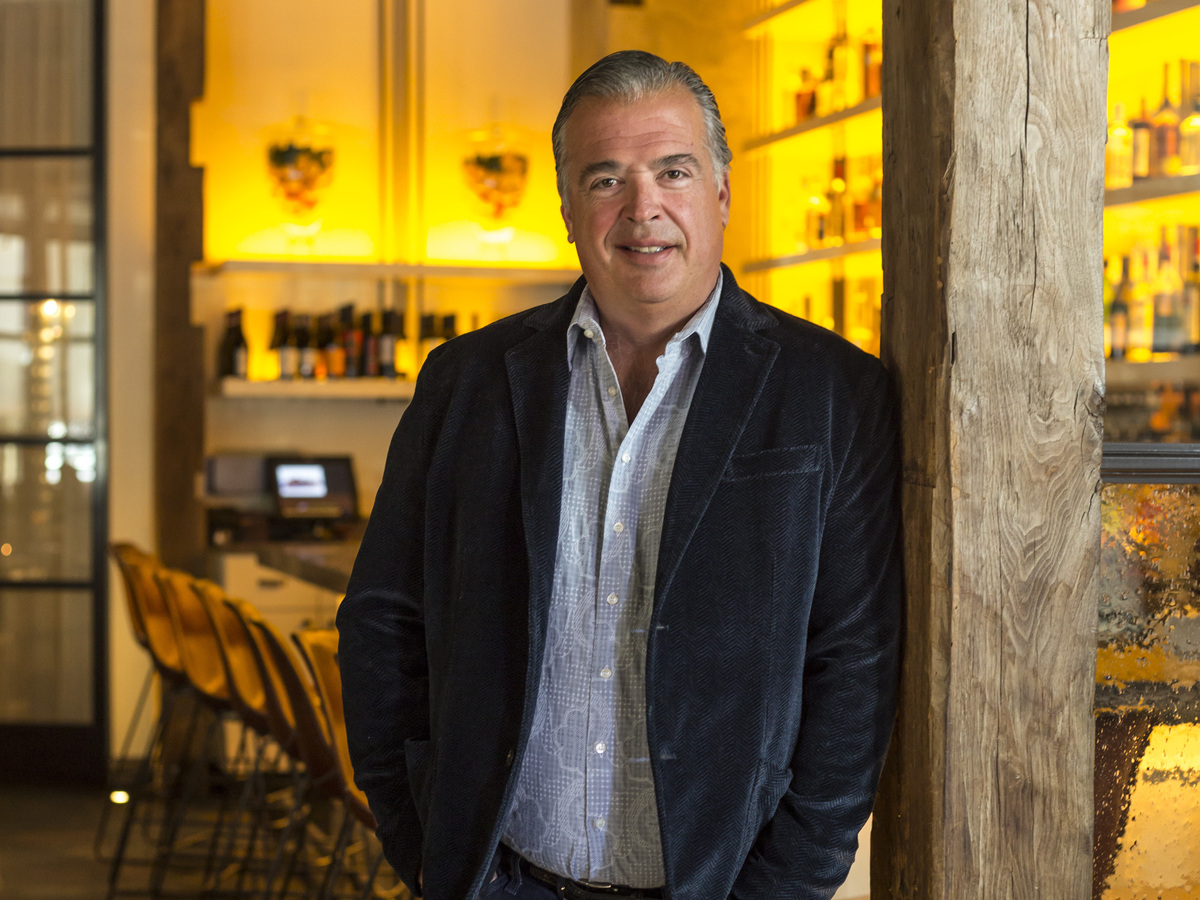Feb. 15, 2023, people walk along 5th Avenue in Manhattan, one of the nation’s premier shopping streets. Consumer spending was unexpectedly strong last month. That’s good for the economy — but not so good for inflation prospects.
Spencer Platt/Getty Images
Hide title
Change the title
Spencer Platt/Getty Images

Feb. 15, 2023 People walk along 5th Avenue in Manhattan, one of the nation’s premier shopping streets. Consumer spending was unexpectedly strong last month. That’s good for the economy — but not so good for inflation prospects.
Spencer Platt/Getty Images
Something unexpected is happening in the US economy.
Inflation remains high, although many Americans ate at restaurants and shopped for cars last month.
That extra cost would be welcome news to an economy that, in normal times, relies heavily on consumer dollars.
But there’s a catch: All that spending threatens to put more pressure on inflation at a time when the Federal Reserve is aggressively raising interest rates to keep prices in check.

Measuring how long that consumer spending will last is critical.
A decrease in consumer spending will help reduce inflation, but it will also raise concerns about a recession. On the other hand, if spending continues to grow at this pace, it could force the central bank to raise interest rates more aggressively to bring prices under control.
Here are three things to know about Americans’ spending habits and what they mean for the U.S. economy.
Why Few Americans Still Have Money to Burn
Just when consumers seem to be running out of gas, retailers seem to be getting a second wind.
Personal spending rose 1.8% in January. According to the Department of Commerce On Friday, consumers splurged on both goods and services, such as dining or going out to the movies.
Thanks to strong job growth, lots of people have money in their pockets to spend Salary increase. Retirees also got a raise this year. Social Security benefits rose 8.7% in January, the largest cost-of-living increase in four decades.

Recruiters speak to job seekers at the Mega South Florida Job Fair at the FLA Live Arena on February 23, 2023 in Sunrise, Florida. Employers added more than 500,000 jobs in January.
Joe Radle/Getty Images
Hide title
Change the title
Joe Radle/Getty Images

Recruiters speak to job seekers at the Mega South Florida Job Fair at the FLA Live Arena on February 23, 2023 in Sunrise, Florida. Employers added more than 500,000 jobs in January.
Joe Radle/Getty Images
Jonathan Silver, who tracks credit card use by about 100 million people nationwide, says the extra income will help support consumer spending in the coming months.
“We’re excited about ’23,” said Silver, CEO of Affinity Solutions. “We think the cost ratio will sustain itself.

Additionally, in the early months of the pandemic, when spending opportunities were limited and the government distributed several rounds of relief payments, many people scrapped extra savings. Even as bank balances dwindle, Americans are still sitting on a lot of extra cash.
“If savings continue to fall at the same pace as in the past six months, we estimate that households will have ten more months of spending power,” Wells Fargo economists wrote. A study note Friday.
People are making up for lost time by postponing travel during the worst of the pandemic. Holiday arrivals to Las Vegas rose more than 20% last year.
“People felt like they were missing out during Covid,” said Steve Hill, CEO of the Las Vegas Convention and Visitors Authority. We see, and I believe you do in the numbers, a shift from buying things to buying experiences.”
January’s numbers show an uptick in both. Spending on goods rose 2.8%, while spending on services rose 1.3%.
But can all this spending last?
Of course, not everyone is flush with cash. Some families are struggling. And businesses are less confident that consumers’ free-spending habits will continue.
Spending grew much faster than income in January, and shoppers may be nearing their limits.

Walmart, the nation’s largest retailer, is forecasting only modest sales growth this year. CEO Doug McMillon notes that shoppers are focusing more on basic needs like groceries, while controlling spending on more discretionary items.
“The customer is still spending money,” McMillan told analysts last week. “We’re not clear what the back half of the year will look like.”

People shop at a Target store in Los Angeles on Feb. 13, 2023, where a sale code for coffee beans is displayed on Feb. 13, 2023. Inflation has been easing since last year’s peak, but is still firmer than many economists had expected.
Mario Tama/Getty Images
Hide title
Change the title
Mario Tama/Getty Images

People shop at a Target store in Los Angeles on Feb. 13, 2023, where a sale code for coffee beans is displayed on Feb. 13, 2023. Inflation has been easing since last year’s peak, but is still firmer than many economists had expected.
Mario Tama/Getty Images
Restaurant owner Cameron Mitchell is similarly cautious. Mitchell, who operates dozens of restaurants ranging from high-end steakhouses to casual Mexican restaurants, has noticed diners gravitate to his lower-priced outlets.
He chose to skip his usual spring price hike this year because of concerns that customers were skimming.
“That’s what my gut tells me as an operator,” says Mitchell. “A year ago [people] We knew we had to raise our prices. It was obvious and they accepted it. But the consumer is starting to change. I think people want inflation to go down and they will not tolerate price hikes.”
Eventually, the central bank’s rate hikes could bite
There is another reason for the cost cooling.
In an effort to control inflation, the central bank is trying to get consumers to reduce their spending by raising interest rates.
Economist Ian Shepherdson thinks the central bank’s efforts are working. He believes the unusually warm weather resulted in surprisingly strong spending last month.
“I was a bit surprised by the willingness of some people to jump on those January numbers and point to some evidence that the economy was not responding to the Fed’s interest rate hike,” said Shepherdson, chief economist at Pantheon Macroeconomics. “From a central bank perspective, I think the trends are very positive. Economic growth is slowing. Inflation is slowing. But these things don’t always happen in a straight line.”

Restaurant owner Cameron Mitchell stands at one of his establishments. Mitchell, which operates dozens of restaurants, said diners seem to be choosing less expensive outlets.
Courtesy of Chris Casella/Cameron Mitchell Restaurants
Hide title
Change the title
Courtesy of Chris Casella/Cameron Mitchell Restaurants

Restaurant owner Cameron Mitchell stands at one of his establishments. Mitchell, which operates dozens of restaurants, said diners seem to be choosing less expensive outlets.
Courtesy of Chris Casella/Cameron Mitchell Restaurants
Economic lines are particularly zig-zagging at the moment. Some point to continued growth in spending, such as a strong job market. Others point to a slowdown, as the number of delinquent car loans is rising.
After Friday’s report, spending is still strong, and some forecasters think the central bank will be more aggressive in raising interest rates. That expectation is weighing on the stock market. The Dow Jones Industrial Average fell nearly 3% last week.
But restaurant owner Cameron Mitchell is cautiously optimistic. His food expenses have started to come down. His restaurants are understaffed. He plans to open half a dozen new locations this year.
“It’s a little bit uncertain, but by the same token, we think the opportunities we have are pretty well established,” he says. “If there is a recession, I don’t think it will be a deep one.”

“Friend of animals everywhere. Devoted analyst. Total alcohol scholar. Infuriatingly humble food trailblazer.”